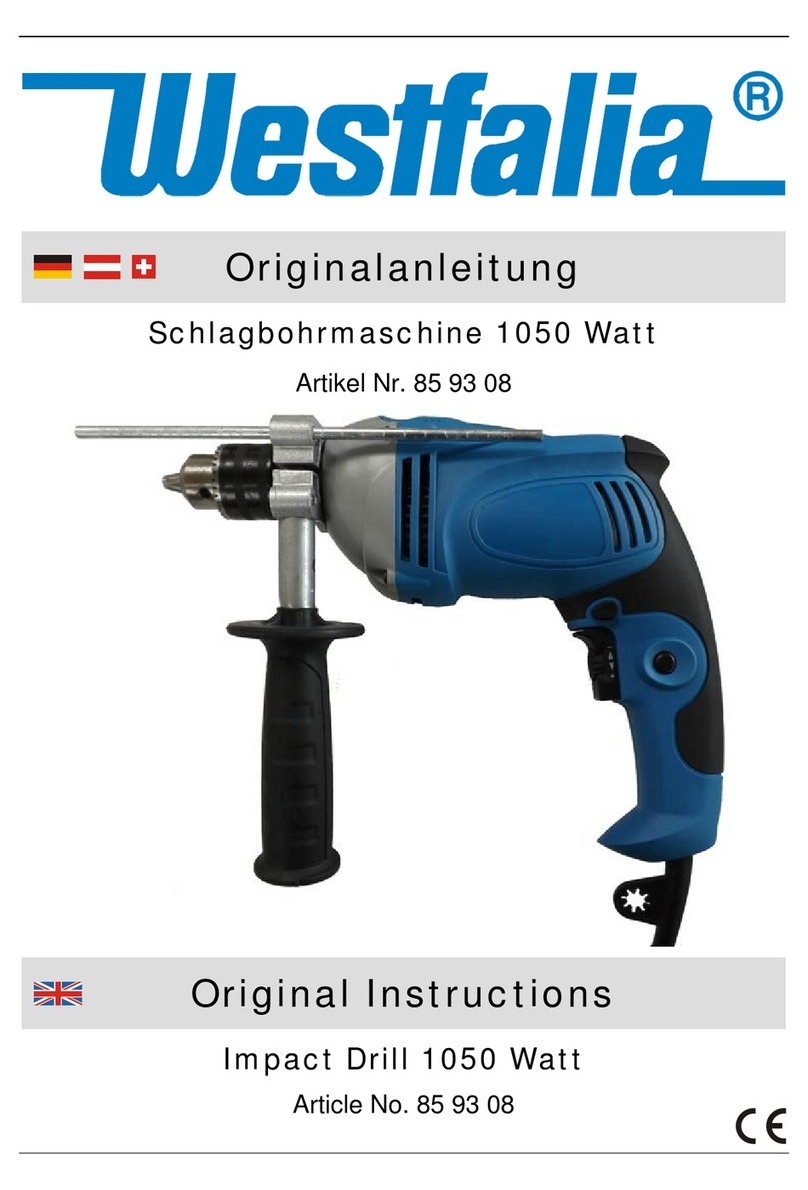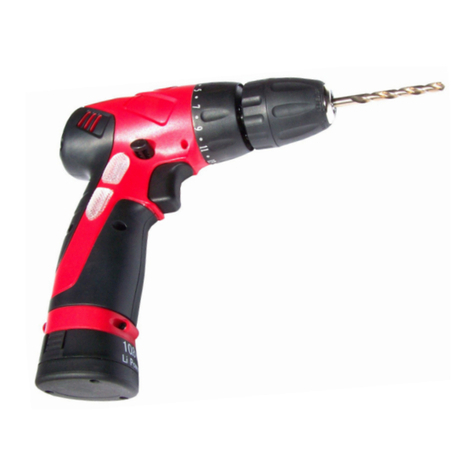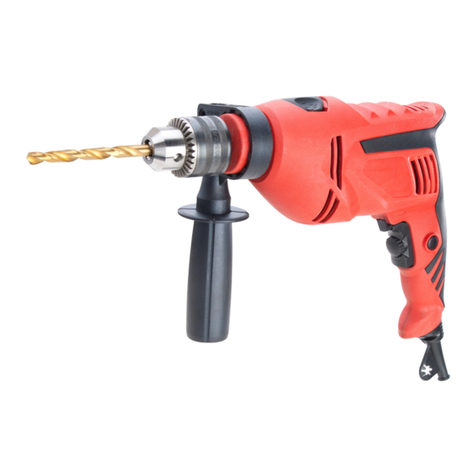Westfalia DD-HT33/18 User manual
Other Westfalia Drill manuals

Westfalia
Westfalia SBMB 910 User manual

Westfalia
Westfalia 85 93 09 User manual

Westfalia
Westfalia WBS300 User manual

Westfalia
Westfalia BMH 900 User guide

Westfalia
Westfalia 83 72 29 User manual
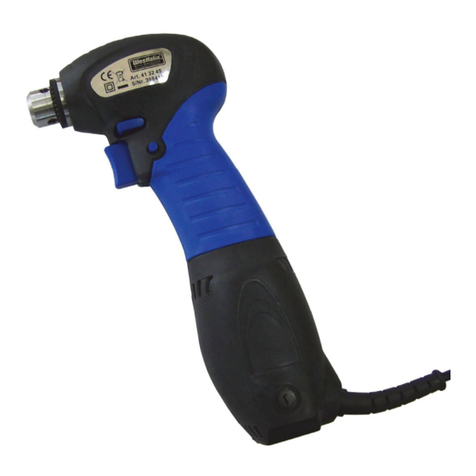
Westfalia
Westfalia 41 32 45 User manual

Westfalia
Westfalia SN-2010 User manual

Westfalia
Westfalia 99 20 18 User manual

Westfalia
Westfalia WSB750 User manual

Westfalia
Westfalia 28 31 19 User manual

Westfalia
Westfalia WASB18BL User manual

Westfalia
Westfalia 65 58 86 User manual

Westfalia
Westfalia 93 56 33 User manual

Westfalia
Westfalia 87 51 61 User manual

Westfalia
Westfalia 67 64 60 User manual

Westfalia
Westfalia CT 2408 User manual

Westfalia
Westfalia SI-92 User manual
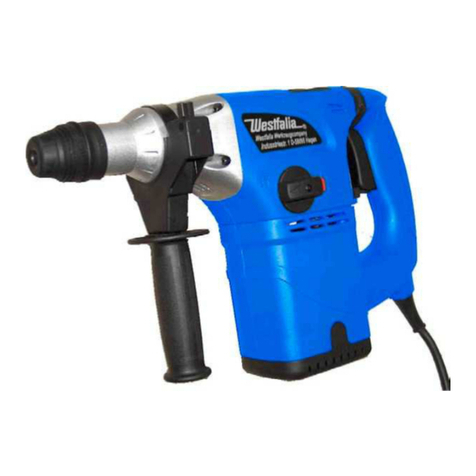
Westfalia
Westfalia 77 49 01 User manual

Westfalia
Westfalia 77 49 01 User manual

Westfalia
Westfalia Z1J-KR9-13A User manual
